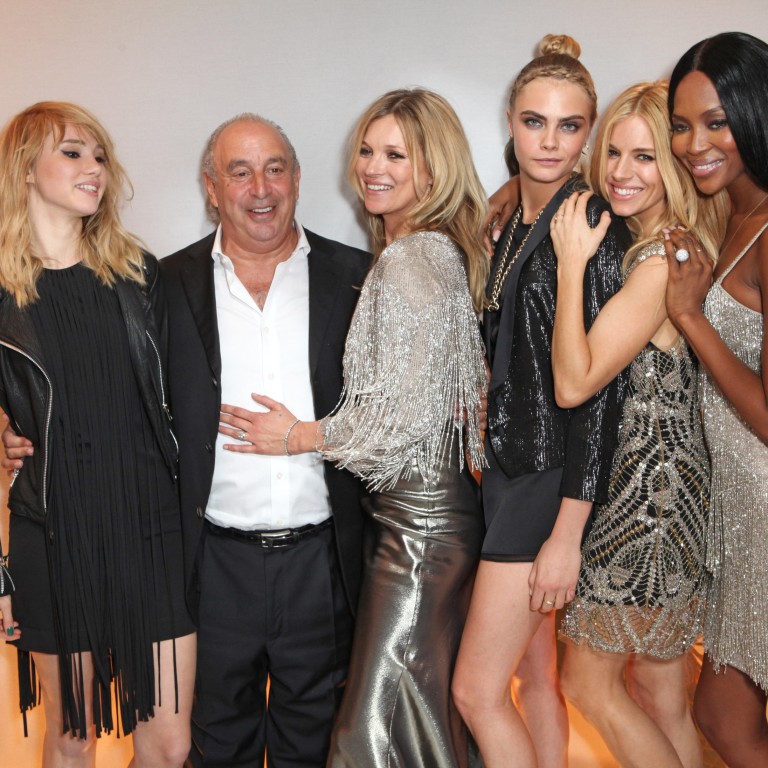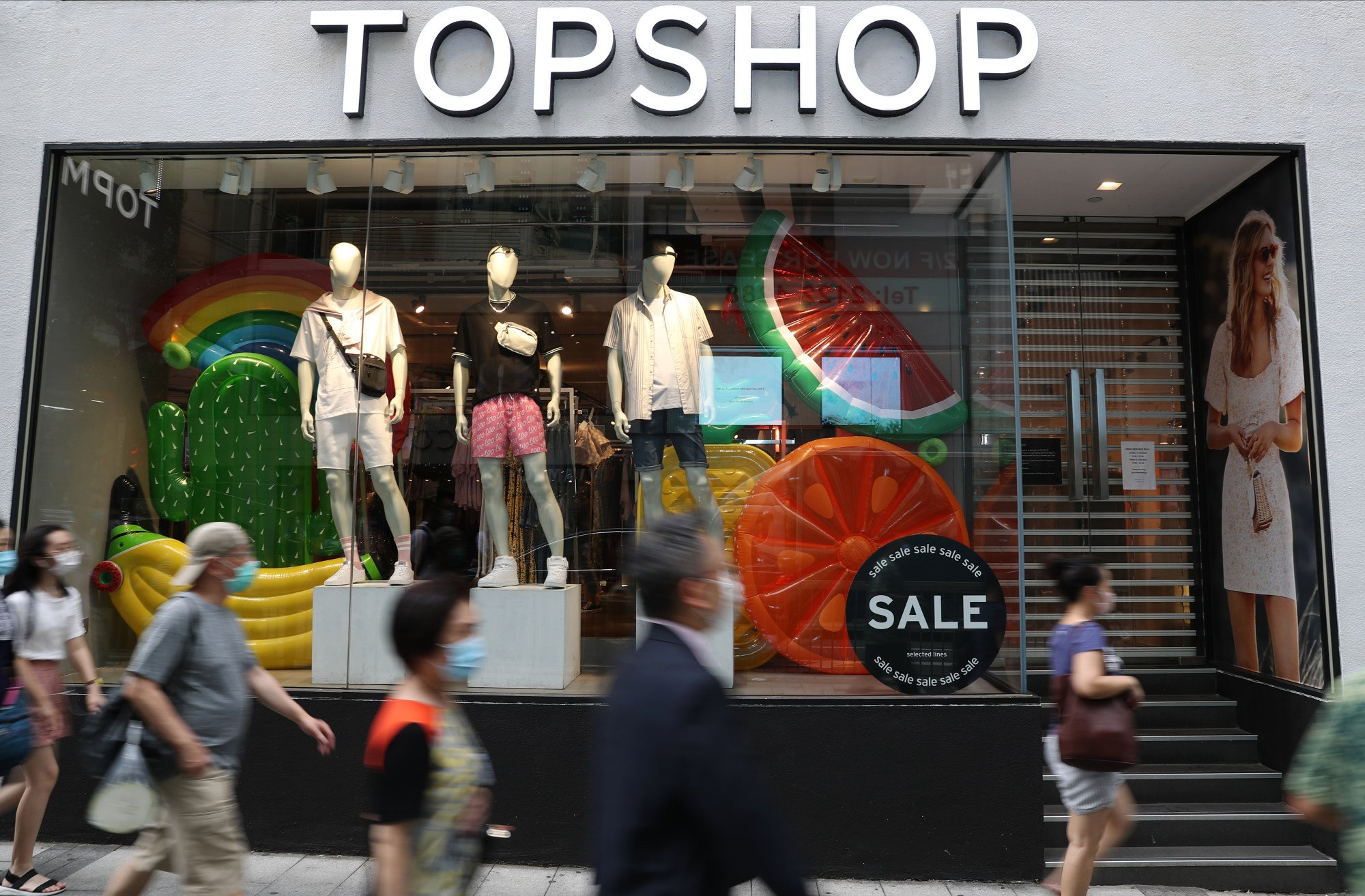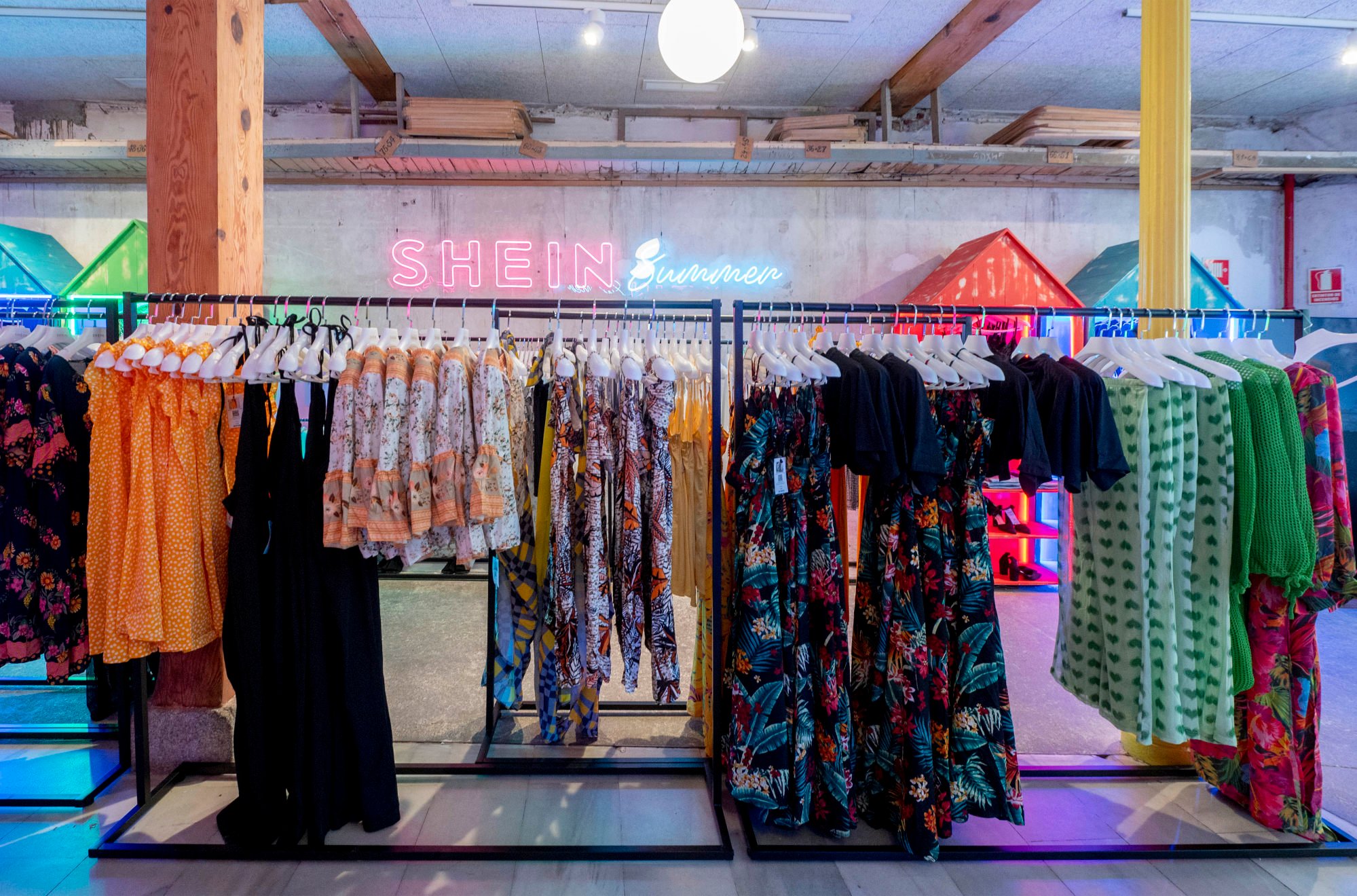
Fast fashion giants Shein and Topshop’s stories make for uncomfortable viewing
- Two recently released fashion documentaries – Trouble at Topshop and Inside the Shein Machine – show the failures of the industry though the two mega brands
- While the Topshop story is more one of ambition and management interference, Shein’s focuses on the human cost of its manufacturing processes
Twenty years ago, Topshop was the jewel of the British high street.
Fashion editors and buyers from Asia and America would fly home from London after fashion week with suitcases stuffed full of Topshop clothes. Even the most expensively dressed women in the world would mix their Balmain and Saint Laurent with skirts, tops and jackets from the Arcadia-owned brand.
I was at school in Topshop’s heyday and vividly remember the thrill of saving up my pocket money to visit its brightly lit, multi-floor emporium in London’s Oxford Street.
It was packed seven days a week, but the scrum on Saturdays was something only the hardiest young fashion lover would endure.

Today, Shein is undoubtedly its equivalent.
The Chinese fast-fashion company’s supply chain may be completely different – and there aren’t any actual permanent stores (yet) for teenagers to congregate in – but wildly popular #SheinHaul videos on TikTok certainly recreate the feeling of the Topshop changing rooms for the online generation.
Both Topshop and Shein find themselves the subjects of two recently released British documentaries – Trouble at Topshop on the BBC and Inside the Shein Machine on Channel 4 – that detail the failures of the fashion industry and show how much it has changed over the course of this century.
They do not make for easy viewing.
Topshop opened in 1964, but it was in the 1990s, when it was led by Jane Shepherdson and a team of passionate women, that it truly took off. For the first time, women were getting a say in fashion retail.
“Female clothing fashion businesses were dominated by the men at the top of it,” says Caren Downie, Topshop buying director from 1998 to 2008.
“The type of product that they wanted to see was always shiny. This was our chance to have a say.”
How Asian hotel brands are bringing the Eastern spa experience to London
Downie and Shepherdson created silk tea dresses, colourful coats, print skirts, matching skirts and everything else women wanted.
Topshop’s fashion credibility rose in sync with the thrill of London’s noughties fashion scene. Its pieces became cult markers of the era: the Baxter jean, a leopard print faux fur coat, grab-and-go ballet pumps and retro floral sundresses.
Topshop was one of the biggest players at London Fashion Week. When the brand was owned by businessman Philip Green, he would regularly sit on the front row next to Vogue editor-in-chief Anna Wintour and supermodel Kate Moss, and Topshop’s catwalk show was one of the most heavily publicised of the week.

Moss started designing for the brand, causing its reputation to grow even bigger. The collaboration began in 2007 and Kate Moss x Topshop released 14 collections in three years – all of which sold out and many of which caused a near stampede outside the Oxford Street store on the day they dropped.
It was a stroke of marketing genius by Green to sign the supermodel as a face of the brand, but so much of what went wrong with the brand lies squarely with him.
He bought Topshop in 2002 but had his eye on what he thought were bigger prizes, such as retailer Marks & Spencer and department store chain Debenhams – or at least he did until Topshop became the darling of the fashion industry.

He quickly became more involved and his management style – as well as his demands for cheaper manufacturing – hampered the design team who had made the brand what it was.
Shepherdson departed, with Downie following shortly after. A little more than a decade later, the Topshop story was over.
In the Shein documentary there are far fewer egos; this is less a story of individual talent and ambition than an examination of an entirely new fast-fashion model and the destruction it has wrought. The result is far more chilling.
The documentary looks into how Chinese-owned Shein makes highly localised designs and appeals to its customers through influencer marketing.
“Shein has taken the fast-fashion model of producing clothes and put it on steroids,” one interviewee says.
Shein is expected to generate US$24 billion in revenue this year, according to a person familiar with the figures who asked not to be identified, Bloomberg reported this month. In the first quarter of 2022, Shein’s US sales grew 43 per cent year on year.

Shein’s environmental impact has already been well publicised (and recently led to the brand donating US$15 million towards textile waste processing). However, this documentary, hosted by journalist Iman Amrani, focuses on the human cost of its manufacturing processes.
The filmmakers sent an undercover worker inside two factories supplying Shein in Guangzhou, southern China, to report on labour conditions.
The documentary makers soon discovered that workers in one factory earned a base salary of 4,000 yuan (US$550) per month in return for making 500 items of clothing per day. If they made a mistake, according to the show, they were penalised two-thirds of their daily wage.

With little time to do anything other than work, women often washed their hair during lunch breaks, the documentary reported. One worker told the undercover journalist that “there’s no such thing as Sundays here”.
It makes for upsetting viewing – but hopefully its release will make the teenagers of today view Shein with a far more critical eye than I viewed Topshop in its Philip Green heyday.

